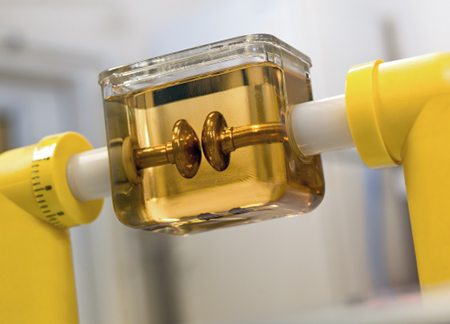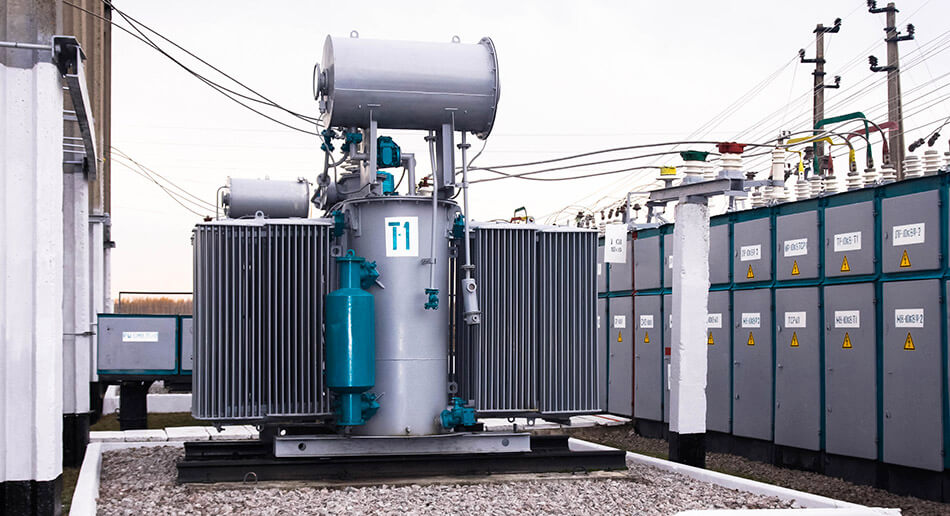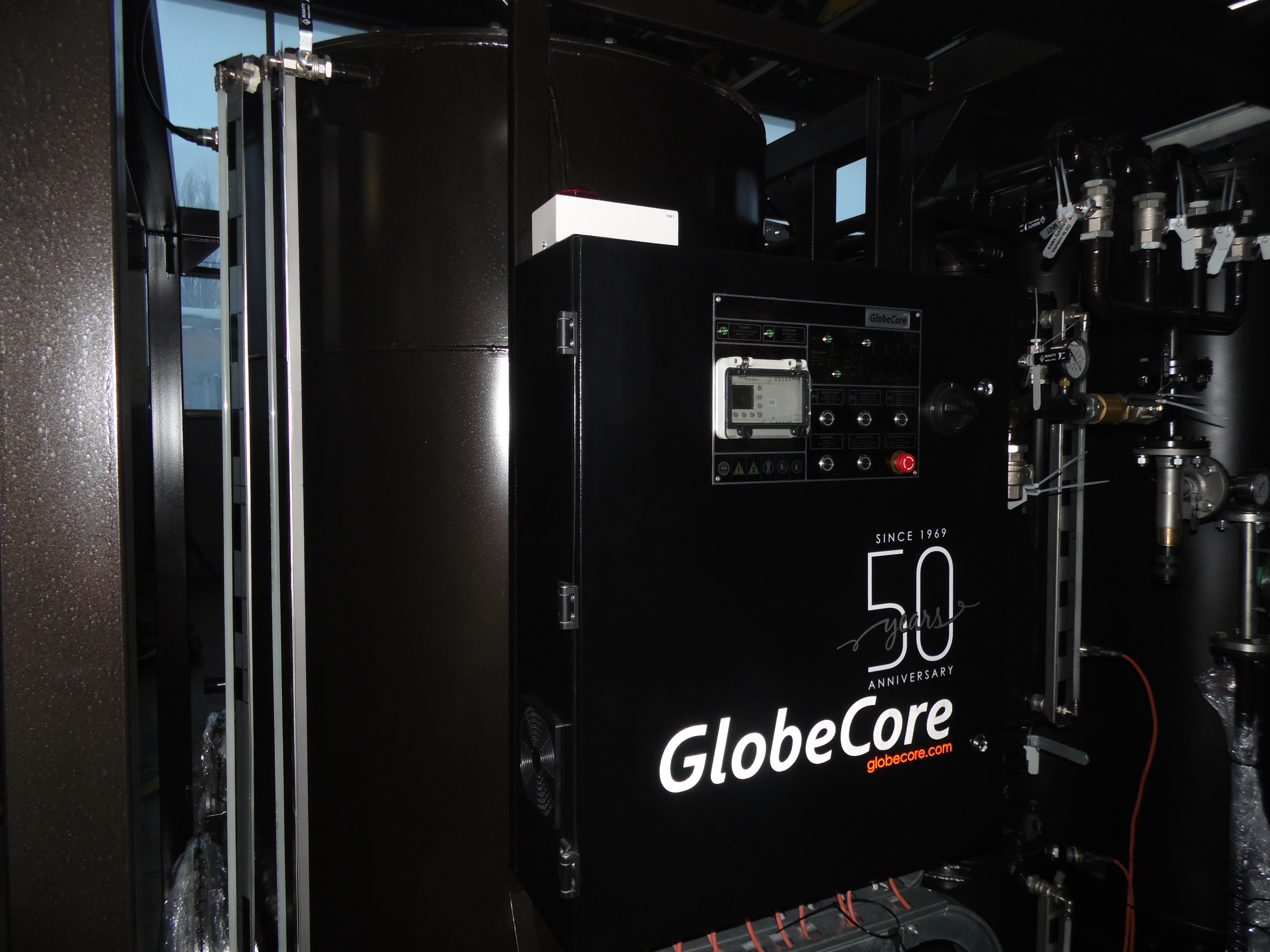Transformer oil is a refined fraction of crude oil obtained by distillation, that boils at a temperature of 300 ° C to 400 ° C. Depending on the origin, crude oil has different properties and these distinctive properties of the feedstock are always reflected in the properties of the transformer oil made out of it.
General requirements for the insulating oil

Before filling electrical appliances, the oil is subjected to deep thermal vacuum treatment. The air content in the oil poured into transformers with film or nitrogen protection, sealed bushings, and sealed measuring transformers should not exceed 0.5% (as determined by gas chromatography), and the water content should be 0.001% (mass fraction). It is allowed to fill transformer oil with a water content of 0.0025% (mass fraction) in power transformers without film protection and leaking bushings. The content of solids, defined as the purity class, should not be worse than the 11th for equipment with voltage up to 220kV and worse than the 9th for equipment with voltage above 220 kV.
Such measures exist due to the large gap between the life of the transformer and the life of insulation oil. The transformer can work without repair for 10-15 years, and the oil requires filtration in a year, and after 4-5 years – regeneration. Nowadays, there are different measures that allow to extend the life of the oil:
1) protection of the oil from contact with external air by installing expanders with filters that absorb oxygen and water, as well as displacing air from the oil;
2) reduction of oil overheating under operating conditions;
3) regular removal of water and sludge by oil filtration;
4) reducing the acidity that cannot be removed by simple oil filtration with oil regeneration;
5) increasing the stability of the oil by adding antioxidants.
Differences between filtration and regeneration
Oil purification refers to the operation by which a contaminated or oxidized oil is brought into a condition suitable for use. After proper purification by a suitable method, the oil should completely restore its initial properties, i.e. should be completely transparent, should not contain acids, precipitation, water, gases, and other contaminants. The reasons for the online purification or for removal of oil from the operation can be of two kinds:
If the oil during operation turned out to be only contaminated with various constant substances and has not undergone profound changes, then to restore it is enough to resort to thermal vacuum filtration or deep vacuum filtration for degassing.
However, in case of acidity increase or other chemical structure changes, the only way to bring oil back to normal is the process of regeneration.
Oxidation resistance

Acid number
The acid number of transformer oil is one of the most important parameters of this oil product. The determination of acid number is an integral part of both short and complete analysis of transformer oil. In general, the acid number is the number of milligrams of KOH required to neutralize 1g of oil.
Oxidative processes occurring in electrical insulating liquids can be accelerated when interacting with free air and moisture at high temperatures. The metals from which the active part and the transformer tank are made (copper, lead, etc.), in this case act as catalysts.
If the interaction of transformer oil with air is limited, then the acid number increases slower. In order to avoid oxidation intensity, all copper parts of transformers are wrapped with a special tape, and the tank and other metal components are coated with high-quality varnish.
Oil regeneration equipment
To remove acid components and decay products from insulating oil, transformer operating and servicing companies use oil regeneration equipment. The solution from our company is CMM-R unit. This equipment is designed specifically to extend the life of power transformers by restoring the chemical composition and dielectric strength of electrical insulating oils.
The biggest advantage of the CMM-R is the possibility of regeneration of oils while directly connected to the transformer, which can be done both under-voltage and without it.
Processing oil at the place of operation allows you to dissolve the residue from the insulation of the windings and remove it using the Fuller’s earth sorbent.
The sorbent itself can be used repeatedly due to reactivation directly in the regeneration equipment. The process is not interrupted by the search and replacement of the absorbing substance, which significantly reduces overall regeneration time.


